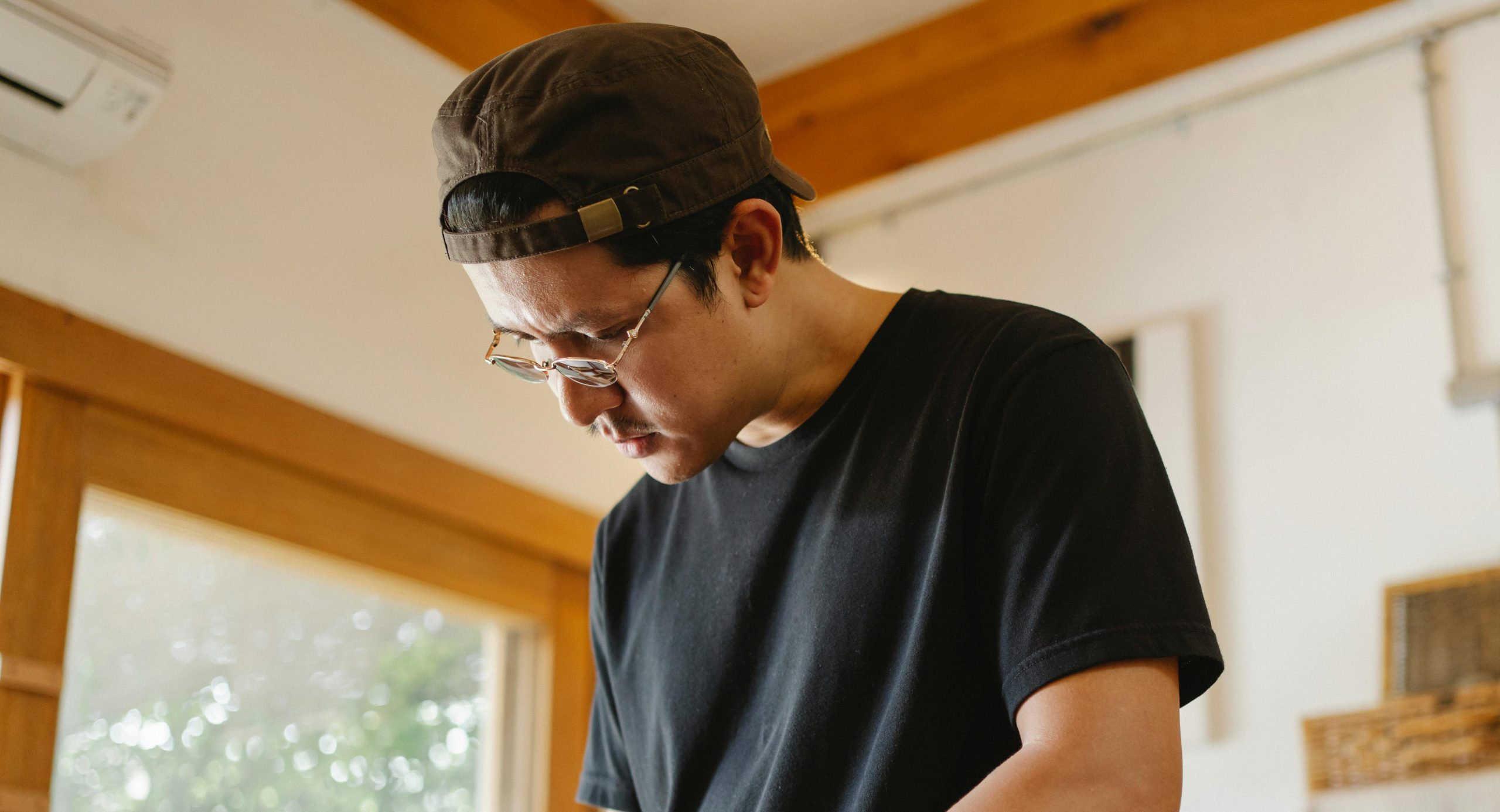Understanding Your Child’s Public Tantrums

A complex web of emotions, frequently triggered by overstimulation, frustration, or a deep-seated need for attention, lies at the core of a child’s public outburst. These triggers, however insignificant to adults, have a profound impact on a child’s environment. Imagine the maze-like lanes of a grocery store, the busy park, or the peer pressure at parties—these are just a few situations that could trigger a tantrum.
Children’s ways of expressing dissatisfaction change as they grow through their formative years. With their small language, toddlers may use tantrums to express themselves, which is quite different from older children who may still have outbursts but are starting to recognize the value of words. Understanding the subtle differences between each age group’s issues is essential to controlling and reducing public manifestations of distress.
- Parents can be more equipped to face such circumstances with grace and tolerance if they can identify the early warning signals and comprehend the psychology underlying these outbursts.
- It’s not only about calming down the current storm; it’s also about helping your child learn healthy coping mechanisms for their emotions.
- The road of comprehension and empathy not only fortifies the relationship between a parent and kid but also establishes the groundwork for future emotional intelligence.
Managing Your Child’s Outbursts in Public

A complex web of emotions, frequently triggered by overstimulation, frustration, or a deep-seated need for attention, lies at the core of a child’s public outburst. These triggers, however insignificant to adults, have a profound impact on a child’s environment. Imagine the maze-like lanes of a grocery store, the busy park, or the peer pressure at parties—these are just a few situations that could trigger a tantrum.
Children’s ways of expressing dissatisfaction change as they grow through their formative years. With their small language, toddlers may use tantrums to express themselves, which is quite different from older children who may still have outbursts but are starting to recognize the value of words. Understanding the subtle differences between each age group’s issues is essential to controlling and reducing public manifestations of distress.
- Parents can be more equipped to face such circumstances with grace and tolerance if they can identify the early warning signals and comprehend the psychology underlying these outbursts.
- It’s not only about calming down the current storm; it’s also about helping your child learn healthy coping mechanisms for their emotions.
- The road of comprehension and empathy not only fortifies the relationship between a parent and kid but also establishes the groundwork for future emotional intelligence.
Getting Ready for Public Events
- Establishing Expectations: A nice talk about expectations and behavior can make a big difference in your child’s behavior. It’s about creating a foundation for acceptable behavior so that everyone may enjoy the outing to the fullest.
- Time is of the essence: Keeping trips in line with your child’s natural cycles—avoid scheduling meals or naps—can make the difference between an enjoyable vacation and a difficult one. It’s important to recognize their requirements and make plans appropriately.
- Tantrum Kit: An effective ‘tantrum kit’ can save a life. This includes comforting objects to soothe, favorite toys to divert attention, and snacks to ward off hunger. Every piece of equipment is a tool meant to make the excursion go as well as possible.
Combining these techniques results in a framework for handling tantrums in public. It all comes down to patience, understanding, and preparedness. With these in place, traveling through the world with your child turns from being a hardship to an adventure.
A Look at Some De-escalation Techniques

Remaining composed in the face of a public outburst from a child is crucial. Your poise serves as a beacon of serenity that helps your child find their way back to a peaceful state of mind. Recall that your response has the power to extinguish or feed the fire. Methods like deep breathing for yourself and speaking in a calm manner can make a big difference in how the scenario turns out.
- Redirection and Distraction: It’s important to remember that changing your child’s focus from the tantrum trigger to something constructive is an art. The idea is to gently but successfully change their focus, either by pointing out an interesting object nearby or suggesting a new activity.
- Compromise and Negotiation: Giving your child a choice gives them a sense of empowerment in a world when they frequently feel helpless. It all comes down to striking a balance so that your demands and those of your child can be satisfied. This method not only fixes the immediate problem but also imparts important knowledge on adaptability and problem-solving.
When implemented with empathy and patience, each of these techniques can turn a difficult public engagement into a teaching moment for both parents and kids. It’s about supporting your child through their feelings, embracing these times with empathy, and coming out stronger on the other side.
See the Bringing Up Kids Network for additional tips on managing tantrums.
After the Outburst: Mend and Consider

It’s critical to get back in touch with your child when the storm has passed. Reassuring them of their value regardless of their behavior is accomplished by exhibiting unconditional love and support. A soothing hug or a kind chat helps fill up any gaps left by the tantrum, reassuring them that they are loved regardless of what happens.
It is best to talk about the situation once you and your child have both calmed down. Rather than placing blame, the goal here is to ascertain the motivations underlying the actions. Instead of emphasizing punishment, this is a teaching moment that focuses on problem-solving and emotional control. This method creates an environment that is conducive to learning, helping your youngster to think back on what they did and come up with different solutions in the future.
It takes two to tango with reflection. Think about what set off the tantrum and how it was handled. Was it exhaustion, hunger, or too much stimulation? It’s helpful to think back on these triggers when getting ready for new adventures. Consider how you handled the outburst as well. Did you remain composed and encouraging, or did your response make things worse? Engaging in introspection is essential for both personal development and setting an example of healthy emotional control for your child.
By following these suggestions, you can strengthen and foster a more understanding relationship with your child in addition to healing the immediate rift that the tantrum produced. It’s about taking what you can from every experience—both as a parent and as a child—and using that knowledge to go forward with more empathy and fortitude.
Looking for More Assistance

It’s important to know when it’s more than just tantrums. Subtle indicators that your child may be experiencing developmental struggles or underlying problems like sensory processing impairments can sometimes go unnoticed. These could consist of:
- irrational responses to sensory inputs
- Finding it difficult to relax
- Tantrums that last much longer than a toddler’s lifetime
Finding the appropriate support begins with comprehending these indicators.
Expert resources are essential to this trip. Behavioral therapists, child psychologists, and pediatricians can provide priceless advice and techniques customized to your child’s requirements. It’s crucial to know when and how to ask for assistance. Talking with your child’s pediatrician is usually the first step, after which they might direct you to the right specialists. Early intervention can have a big impact on the growth and wellbeing of your kid.
Support systems are just as crucial. Making connections with other parents who have experienced comparable difficulties or are currently going through them can offer not only emotional support but also useful guidance and tried-and-true tactics. It can be a source of strength and encouragement to locate a community of parents traveling similar paths, whether it be through social media, online forums, or local community groups.
When combined, these actions provide a thorough strategy for handling not only your child’s tantrums but also any underlying problems they could be having. It all comes down to providing a nurturing atmosphere for your child, along with the appropriate supports and an understanding community.
In Conclusion
Managing fits of rage prepares one for emotional intelligence. The parent-child relationship is strengthened by this difficult yet understanding journey. Families can use planning, empathy, and reflection techniques to turn difficult times into chances for development and strengthening relationships. Let’s keep encouraging one another to create settings in which our kids can flourish and discover the inner fortitude to confront every day with self-assurance and love.
How to Handle Your Child’s Public Tantrums FAQs
Yes, rewards can motivate children to behave well, especially if they understand there’s a positive outcome for their good behavior. Make sure the reward is something meaningful to them and is given promptly after the good behavior. However, be cautious not to create a pattern where your child expects a reward for every instance of basic good behavior.
Try to distract your child with something else or move them to a quieter place if possible. Distraction can redirect their attention away from the cause of the tantrum, and a change of scenery can sometimes help reset their emotions. It’s important to remain calm and patient during this process.
Establish clear expectations and communicate them to your child before going out. Letting your child know what behavior is expected and discussing the consequences of not following these expectations can help prevent tantrums. Consistency in following through with consequences or rewards is key to reinforcing these expectations.
Encourage your child to express their feelings in words, and validate those feelings by listening and showing understanding. Teach them coping strategies for frustration, like deep breathing or counting to ten. Supporting their emotional development in this way helps them learn to manage their feelings more effectively, reducing the likelihood of tantrums.
Use simple, clear language appropriate for their age to explain why the behavior is not acceptable. Discuss the consequences of their actions on others and themselves, emphasizing empathy and understanding. It’s important to have this conversation when both you and your child are calm.
Ignoring the tantrum can be effective if it’s safe to do so. By not giving attention to the tantrum, you’re teaching your child that this behavior won’t get them what they want. However, ensure your child is in a safe place where they can’t hurt themselves or others.
Punishment is not recommended as it can increase stress and anxiety, potentially leading to more tantrums. Instead, focus on teaching your child appropriate ways to express their feelings and needs. Positive reinforcement for good behavior is more effective than punishment for bad behavior.
Try to focus on your child and ignore the bystanders. Your primary concern is to address your child’s needs and behavior, not the opinions of others. Remember, many people understand what you’re going through and those judgments are not a reflection of your parenting.
After the tantrum, it’s important to reconnect with your child through a calm conversation or a comforting gesture. Discuss the tantrum briefly, focusing on how they can handle their feelings differently in the future. This helps to reinforce learning and shows your child that you love and support them, regardless of their behavior.
Stay calm and don’t give in to the tantrum. By maintaining your composure, you set an example for your child on how to handle frustration. Giving in might provide a short-term solution but can encourage more tantrums in the future as they learn it gets them what they want.

Jasmine Duque-Love is a mother of one and a practicing physiotherapist with a Phd in Physiotherapy

